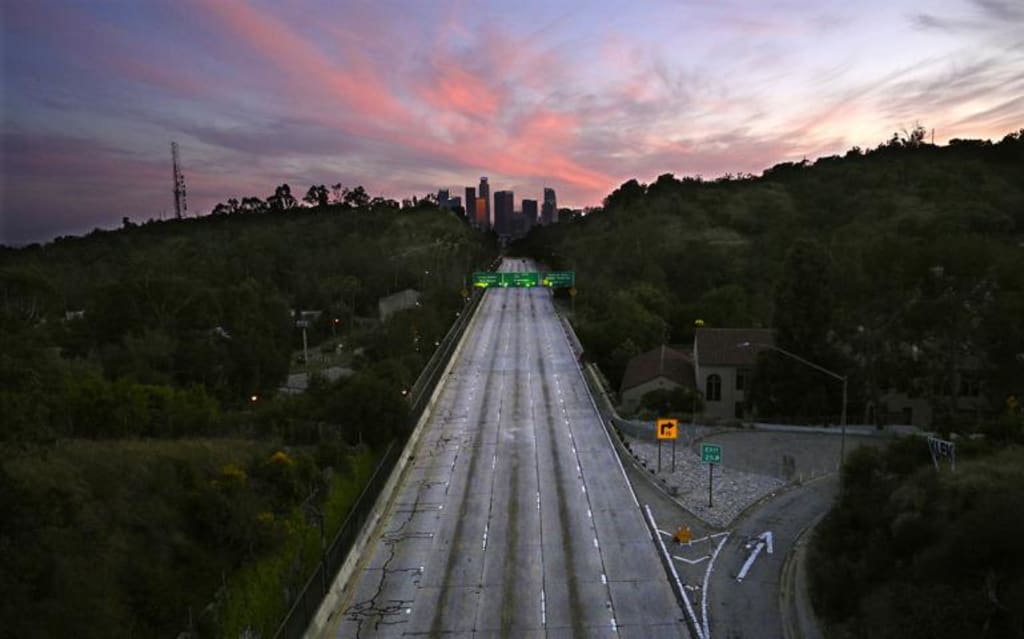Air, Lies, and Instagram
Did the air really get better during lockdown?

At the start of the COVID-19 lockdowns, Kelley Barsanti, an assistant professor of chemical and environmental engineering at the University of California, Riverside, started getting texts and emails from friends. Despite their worries about the pandemic, they couldn’t help but comment on the unusually haze-free skies.
“Oh, this must be so cool,” she remembers one of them saying. “There are no cars on the road, so there’s no pollution!”
Initially, Barsanti agreed. But then she started thinking about it. There was no question that cars caused plenty of air pollution in Southern California, but were they the only things responsible for this sudden change in air quality?
Meanwhile, on the East Coast, Cristina Archer, a professor of meteorology and environmental science at the University of Delaware, had a similar question. “When I started to look into this, I was super excited. I’m like, ‘Everything’s going to be clean!’” she recalled. Like Barsanti, she would discover that the reality was far more complicated.
*
It’s logical to think that taking away a major emission source, like cars, will subsequently improve air quality. The transportation sector is responsible for over 55 percent of nitrogen oxide (NOx) emissions, a pollutant that is clearly linked to asthma, cardiovascular disease, and shortened lifespans.
And NOx did, indeed, go down. Archer found that, across the country, nitrogen dioxide (also known as NO2, and one of the gases that makes up NOx) was much lower in April 2020 compared with the five years prior. Other studies reported similar results. “It was a beautiful relationship,” Archer said. When people drove less, NO2 levels dropped.
These effects also appeared to be long-lasting, at least while cars remained off the roads. Even after most lockdown restrictions were lifted, NO2 (and NOx more generally) remained at an all-time low, possibly due to the persistence of remote work. In fact, by the end of 2020, parts of the US were still experiencing NOx emissions that were 20 percent below pre-pandemic levels, says Shobha Kondragunta, a research scientist at the National Oceanic and Atmospheric Administration. Believe it or not, she said, “it took close to two years for us to come back to pre-pandemic levels in most places.”
Under normal circumstances, scientists would have had to simulate these conditions in a lab or with air quality models. Unfortunately, results produced by either method can be difficult to verify. In that sense, the pandemic provided a rare peek into what the future could look like with stronger emissions controls.
This isn’t the first time that world events have doubled as real-life air quality experiments. There was a noticeable dip in air pollution during the 2008 Global Recession due to reduced economic activity. In 1996, a similar—albeit smaller—shift also occurred after officials implemented local traffic control measures during the Atlanta Olympic Games. Throughout both these events, scientists worked hard to understand how pollution levels were affected by these types of changes. “The science is what's driven all the regulations since the original Clean Air Act amendments in the 1970s,” said Lucas Henneman, an assistant professor of environmental engineering at George Mason University.






Comments
There are no comments for this story
Be the first to respond and start the conversation.